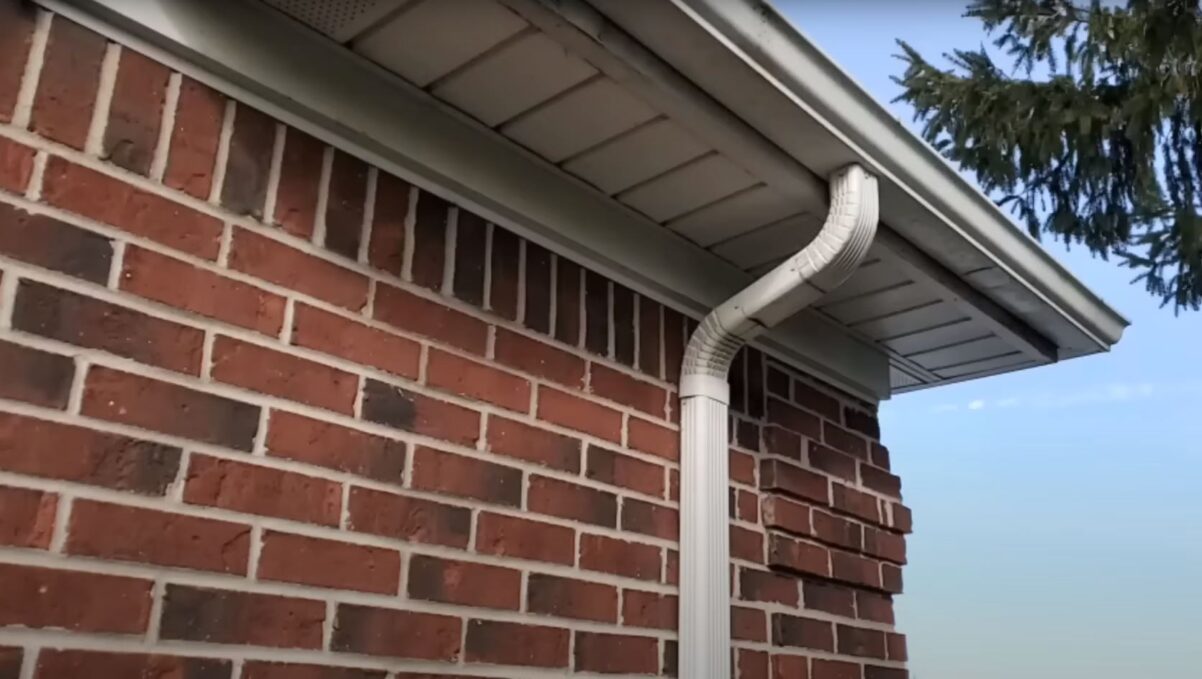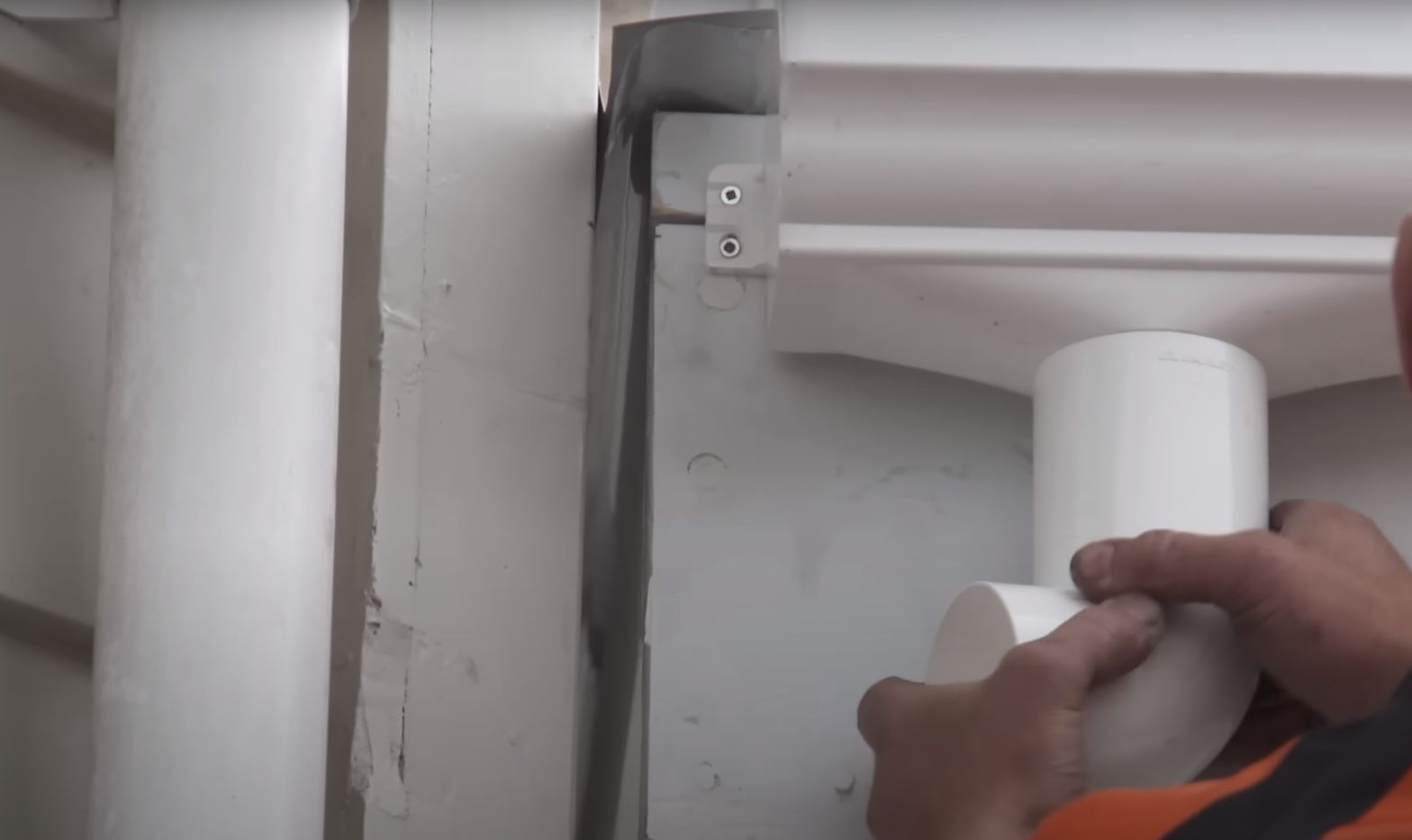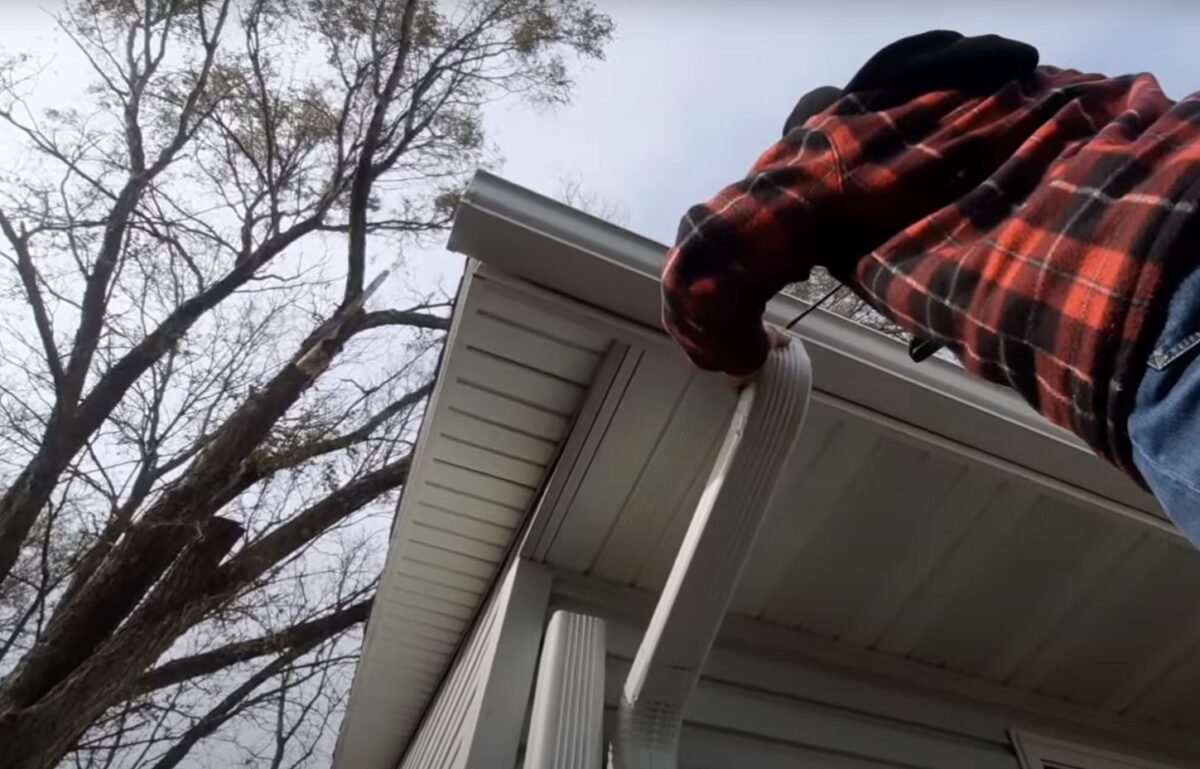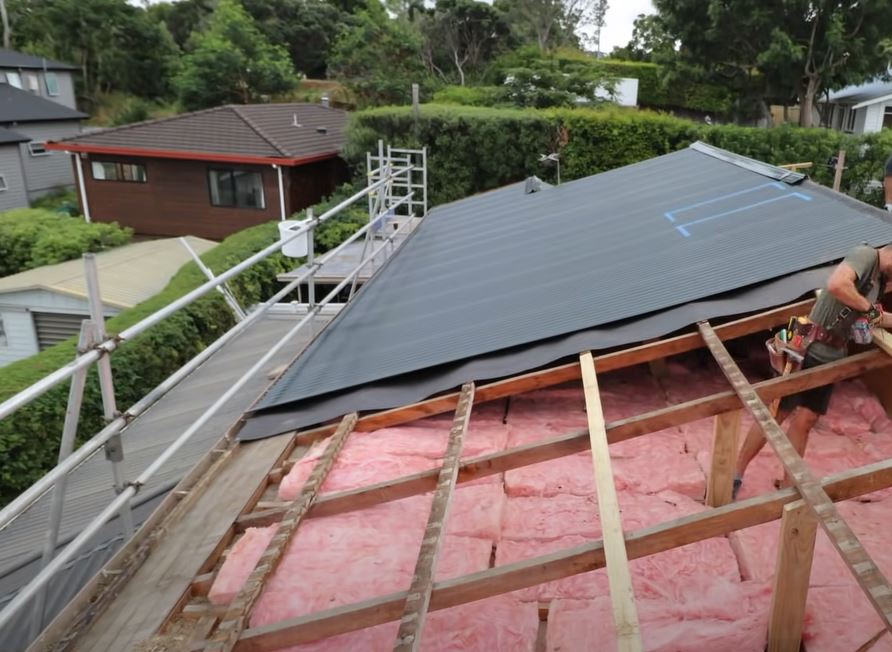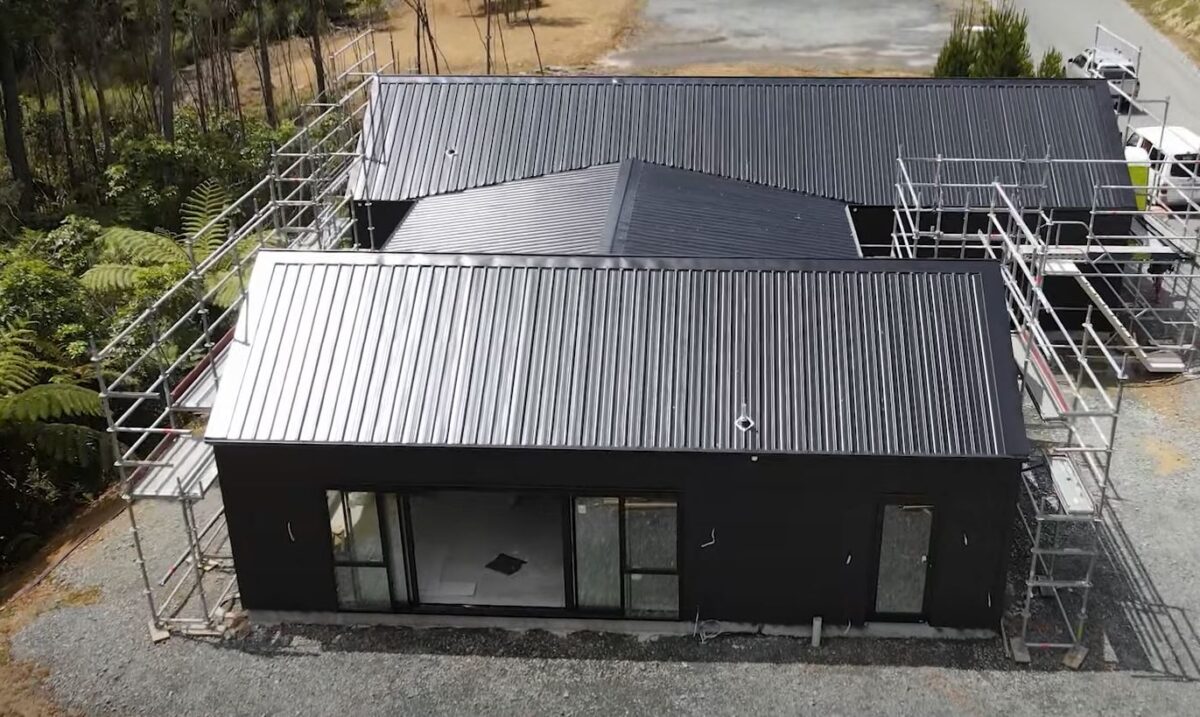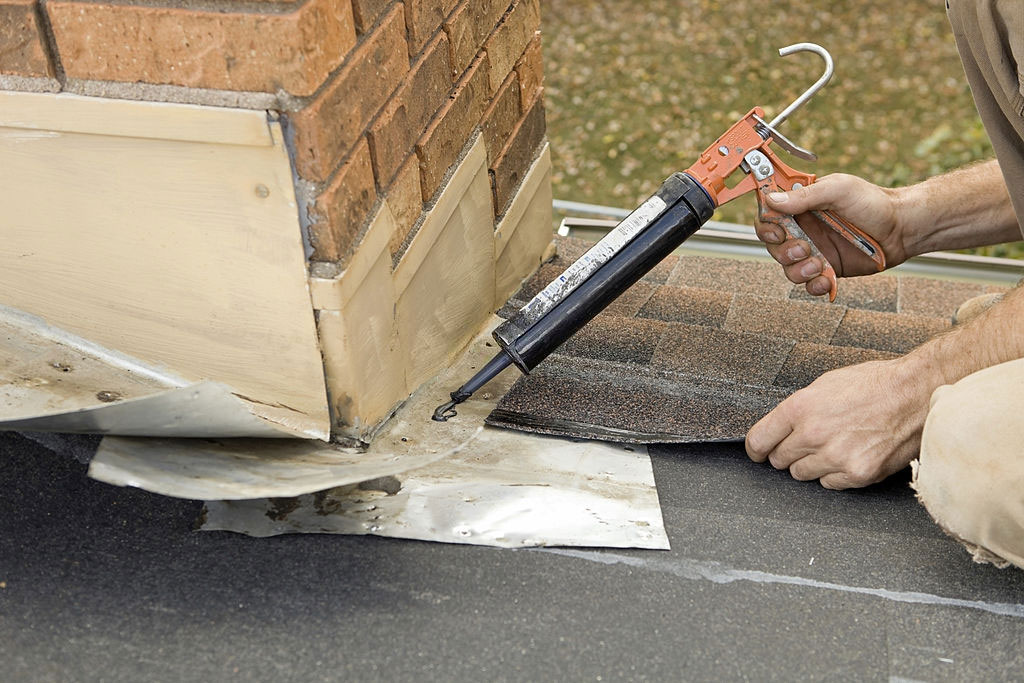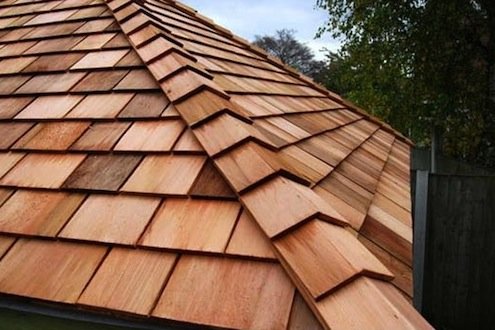Understanding Roof Replacement
Roof Replacement Cost NZ
When it comes to replacing a roof, the cost can vary greatly depending on a number of factors. In New Zealand, the average cost of a new roof can range from $10,000 to $30,000. This cost can be affected by a variety of factors, including the size of the roof, the materials used, and the location of the property.
In addition to the cost of the materials and the labour involved, there may be additional costs associated with a roof replacement. For example, if the roof is being replaced due to damage caused by a storm or other natural disaster, the property owner may need to pay for additional repairs or cleanup.
Roof Renovation
In some cases, it may be possible to renovate an existing roof rather than completely replacing it. This can be a more cost-effective option, but it may not be suitable for all roofs. The cost of a roof renovation can vary depending on the extent of the work required and the materials used.
Roofers can provide advice on whether a renovation is a viable option and how much it would cost. They can also provide guidance on the best materials to use for a renovation, taking into account factors such as the climate and the environmental impact of the materials.
Environmental Considerations
When considering a roof replacement or renovation, it’s important to consider the environmental impact of the materials used. Some roofing materials, such as asphalt shingles, have a high environmental impact due to their production process and the fact that they are not recyclable.
Other materials, such as metal roofing, can be more environmentally friendly. Metal roofing is often made from recycled materials and can be recycled at the end of its life. In addition, metal roofing can help to reduce energy costs by reflecting heat and reducing the need for air conditioning.
Microclimatic and Geographical Differences
The cost of a roof replacement or renovation can also be affected by microclimatic and geographical differences across Auckland and the Hauraki. For example, properties in coastal areas may require more durable materials to withstand the effects of saltwater and strong winds.
Similarly, properties in areas with high rainfall may require additional drainage systems to prevent water damage. Roofers can provide advice on the best materials and systems to use based on the specific location of the property.
Overall, the cost of a roof renovation or replacement can vary greatly depending on a number of factors. It’s important to consider all of these factors when making a decision and to consult with a qualified roofer for advice and guidance.
Types of Roofing Materials
When it comes to roofing, there are a variety of materials to choose from. Each material has its own unique set of advantages and disadvantages. Here are some of the most common types of roofing materials:
Longrun Roofing
Longrun roofing is a popular option for its durability and versatility. It is made from steel or aluminum and can be coated with a variety of finishes to match your home’s aesthetic. Longrun roofing is also environmentally friendly, as it is recyclable and can be made from recycled materials.
Metal Roofing
Metal roofing is another durable option that can last up to 50 years or more. It is also energy-efficient, as it reflects heat and can reduce cooling costs. Metal roofing is available in a variety of colors and styles, including standing seam, corrugated, and metal shingles.
Concrete Tile Roofing
Concrete tile roofing is a popular choice for its durability and low maintenance. It is also fire-resistant and energy-efficient, as it can reflect heat and reduce cooling costs. Concrete tile roofing is available in a variety of colors and styles, including flat, low-profile, and high-profile tiles.
Slate Roofing
Slate roofing is a high-end option that is known for its beauty and longevity. It can last up to 100 years or more and is fire-resistant. Slate roofing is available in a variety of colors and styles, including natural slate and synthetic slate.
Asphalt Roofing
Asphalt roofing is a popular option for its affordability and ease of installation. It is also available in a variety of colors and styles, including 3-tab, architectural, and designer shingles. However, asphalt roofing is not as durable as other options and may need to be replaced more frequently.
Corrugated Iron Roofing
Corrugated iron roofing is a durable and affordable option that is commonly used in industrial and agricultural settings. It is also environmentally friendly, as it is recyclable and can be made from recycled materials. Corrugated iron roofing is available in a variety of colors and styles, including ribbed and corrugated panels.
Pressed Metal Tile Roof
Pressed metal tile roof is a stylish and durable option that can last up to 50 years or more. It is also energy-efficient, as it can reflect heat and reduce cooling costs. Pressed metal tile roof is available in a variety of colors and styles, including traditional and modern designs.
When choosing a roofing material, it is important to consider factors such as cost, durability, energy efficiency, and environmental impact. The cost of a new roof will depend on a variety of factors, including the size of your home, the type of roofing material you choose, and the complexity of the installation. Additionally, the cost may vary depending on the Auckland suburb microclimatic and geographical differences.
Overall, there are a variety of roofing materials to choose from, each with its own unique set of advantages and disadvantages. It is important to do your research and choose a material that meets your needs and budget.
Roofing Solutions and Companies
When it comes to roofing solutions, there are a few options available in Auckland. Each solution has its own advantages and disadvantages, and the cost will depend on the size of the roof, the materials used, and the complexity of the job.
Roofing Company
Choosing the right roofing company is crucial to ensure the job is done correctly and to a high standard. It is important to research and compare companies before making a decision. Here are a few of the top roofing companies in Auckland:
- Johnson Roofing: Although pricier, this company has been in business for over 20 years and specialises in re-roofing and new roofing installations. They offer a range of roofing solutions, including metal roofing, asphalt shingles, and concrete tiles.
- Roofing Industries: This company has been in business for over 25 years and offers a range of roofing solutions, including metal roofing, long run roofing, and roofing repairs. They are also committed to sustainability and offer eco-friendly roofing options.
- Total Roofing: This company has been in business for over 15 years and specialises in residential and commercial roofing. They offer a range of roofing solutions, including metal roofing, asphalt shingles, and concrete tiles. They also offer a 10-year workmanship guarantee.
- My Roofers Auckland: This company has been in business for over 3 years and specialises in all types of roofing services, including residential and commercial, new roofs, reroofing, roof washing, roof painting and roof repairs. All with the expected 10-year workmanship guarantee.
When choosing a roofing company, it is important to consider factors such as experience, reputation, and cost. It is also important to choose a company that is committed to sustainability and eco-friendly roofing options.
Overall, there are a range of roofing solutions and companies available in Auckland. The cost will depend on a range of factors, including the size of the roof, the materials used, and the complexity of the job. It is important to research and compare companies to ensure the job is done correctly and to a high standard.
Roof Painting and Coating
When it comes to maintaining the roof, painting and coating are two popular options that can help to extend its lifespan. Here are some things to consider when it comes to roof painting and coating.
Decramastic Tile Paint
Decramastic tiles are a popular roofing option in Auckland, and they can benefit from a fresh coat of paint. Decramastic tile paint can help to protect the tiles from the elements and can give them a new lease of life. The cost of decramastic tile paint will depend on the size of the roof and the condition of the tiles, but it can be a cost-effective way to improve the appearance and longevity of the roof.
Roof Coating
Roof coating is another option for protecting the roof from the elements. It involves applying a layer of protective coating to the roof, which can help to prevent leaks, reduce heat transfer, and extend the life of the roof. There are different types of roof coatings available, including acrylic, silicone, and polyurethane coatings. The cost of roof coating will depend on the size of the roof, the type of coating used, and the condition of the roof.
Roof Repainting
If the roof is looking tired and faded, repainting it can be a good option. Repainting the roof can help to improve the appearance of the property and can also provide a layer of protection against the elements. The cost of roof repainting will depend on the size of the roof, the type of paint used, and the condition of the roof.
When considering roof painting and roof coating, it is important to take into account the environmental impact. Some coatings and paints are more environmentally friendly than others, so it is worth doing some research to find the best option for your property. Additionally, the cost of roof painting and coating can vary depending on the Auckland suburb microclimatic and geographical differences. For example, a property in a coastal area may require a different type of coating compared to a property in a more inland area.
In summary, roof painting and coating can be a cost-effective way to protect and improve the appearance of the roof. Decramastic tile paint, roof coating, and roof repainting are all viable options, and the cost will depend on various factors. When considering roof painting and coating, it is important to choose an option that is environmentally friendly and suitable for your property’s specific needs.
Guttering and Spouting
When considering the cost of a new roof, it is important not to overlook the cost of guttering and spouting. These components are essential for directing rainwater away from the roof and foundation of the house, preventing water damage and erosion.
The cost of guttering and spouting will depend on a number of factors, including the material used, the length of the guttering and spouting required, and the complexity of the installation. In general, plastic PVC guttering and spouting is the most affordable option, while copper guttering is the most expensive.
However, it is important to consider the environmental impact of the materials used. PVC is a plastic material that is not biodegradable and can release harmful chemicals when it breaks down. Copper, on the other hand, is a natural material that can be recycled and is highly durable.
In addition to the material used, the cost of guttering and spouting will also vary depending on the microclimatic and geographical differences of the Auckland suburb. For example, areas with high rainfall may require larger gutters and spouting to handle the volume of water, while areas with high winds may require more secure installation methods to prevent damage.
Overall, it is important to consider both the cost and environmental impact of guttering and spouting when budgeting for a new roof. A knowledgeable Auckland construction expert can provide advice on the best options for your specific needs and location.
Roof Flashing
Roof flashing is an essential component of any roofing system. It is a thin piece of metal that is installed in areas where the roof meets a wall or chimney, or around any other penetration in the roof. The primary purpose of roof flashing is to prevent water from penetrating the roof and causing damage to the underlying structure.
There are several types of roof flashing available in the market, and the choice of flashing depends on the roofing material and the design of the roof. The most common types of flashing include:
- Step flashing: This type of flashing is used in areas where the roof meets a wall. It is installed in a step-like pattern and is designed to direct water away from the wall and onto the roof.
- Chimney flashing: Chimney flashing is used around the base of a chimney to prevent water from entering the roof. It is typically made of lead or copper and is designed to last for many years.
- Vent pipe flashing: This type of flashing is used around vent pipes that protrude through the roof. It is designed to prevent water from entering the roof around the vent pipe.
- Valley flashing: Valley flashing is used in areas where two roof planes meet. It is installed in a V-shape and is designed to direct water away from the valley and onto the roof.
The cost of roof flashing varies depending on the type of flashing used and the complexity of the roof design. In general, the cost of roof flashing ranges from NZ$40 to NZ$80 per linear metre..
When it comes to environmental considerations, some roofing materials are more sustainable than others. For example, metal roofs are recyclable and can be made from recycled materials. Additionally, metal roofs can last up to 50 years, which reduces the need for frequent replacements.
In terms of microclimatic and geographical differences, the cost of roof flashing can vary depending on the Auckland suburb. For example, areas that receive more rainfall may require more extensive flashing, which can increase the cost. Additionally, areas that are prone to high winds may require more durable flashing, which can also increase the cost.
Overall, roof flashing is an essential component of any roofing system. It is designed to protect the roof from water damage and can help to extend the life of the roof. The cost of roof flashing varies depending on the type of flashing used and the complexity of the roof design, and it is important to consider environmental factors and geographical differences when determining the cost.
Colour Steel Roofing Price
When it comes to roofing materials, colour steel roofing is a popular choice for many homeowners in Auckland. It offers a range of benefits, including durability, low maintenance, and a range of colours to choose from. However, the price of colorsteel roofing can vary depending on a number of factors.
One of the main factors that can impact the price of colorsteel roofing is the size of the roof. Larger roofs will require more materials and labour, which will increase the overall cost. Additionally, the complexity of the roof design can also impact the price. Roofs with multiple angles and slopes will require more time and expertise to install, which will increase the cost.
Another factor that can impact the price of colorsteel roofing is the choice of colour. Some colours may be more expensive than others, depending on the manufacturer and availability. However, it’s important to note that the colour of the roof can also impact the energy efficiency of the home. Lighter colours reflect more sunlight, which can help to keep the home cooler in the summer months.
The location of the home can also impact the price of colorsteel roofing. Auckland has a range of microclimates and geographical differences that can impact the installation process. For example, homes in coastal areas may require additional corrosion-resistant coatings to protect against saltwater damage.
Finally, it’s important to consider the environmental impact of colorsteel roofing. While it is a durable and long-lasting material, it is also made from non-renewable resources. Homeowners may want to consider alternative roofing materials, such as recycled metal or solar tiles, which can help to reduce their environmental footprint.
In summary, the price of colour steel roofing can vary depending on a range of factors, including the size and complexity of the roof, the choice of colour, the location of the home, and the environmental impact. Homeowners should carefully consider their options and work with a reputable roofing contractor to ensure they are getting the best value for their investment.
Frequently Asked Questions
What factors affect the cost of a new roof?
The cost of a new roof is affected by several factors such as the size of the roof, the type of material used, the complexity of the roof design, and the cost of labor in the area. The cost of permits, disposal of old materials, and any necessary repairs or modifications to the roof structure can also impact the cost.
How do you determine the appropriate budget for a new roof?
To determine the appropriate budget for a new roof, you should consider the factors that affect the cost of a new roof. You should also consider your personal budget and how much you are willing to spend on a new roof. It is recommended that you get quotes from several roofing contractors to get an idea of the cost of a new roof in your area.
What is the average cost to replace a roof on a 160 square metre house?
The average cost to replace a roof on a 160 square metre house can vary depending on the type of material used and the complexity of the roof design. On average, the cost can range from $10,000 to $30,000.
What is the cost of a Colorsteel roof in NZ?
The cost of a Colorsteel roof in NZ can vary depending on the size of the roof and the complexity of the roof design. On average, NZ$135 to NZ$250 per square metre.
Does a new roof add value to a home in NZ?
Yes, a new roof can add value to a home in NZ. A new roof can improve the curb appeal of a home and make it more attractive to potential buyers. It can also increase the energy efficiency of a home, which can be a selling point for buyers.
What is the average cost to tear off and replace a roof?
The average cost to tear off and replace a roof can vary depending on the type of material used and the complexity of the roof design. On average, the cost can range from NZ$60 to NZ$110 per square metre.
When considering the cost of a new roof, it is important to also consider the environmental impact of the materials used. Some roofing materials, such as metal and asphalt shingles, can be recycled at the end of their lifespan, while others, such as clay tiles, are not recyclable.
In addition, the microclimatic and geographical differences in Auckland suburbs can impact the cost of a new roof. For example, homes in coastal areas, such as Devonport may require materials that are more resistant to saltwater corrosion, while homes in areas with high winds may require more durable materials such as Albany on the North Shore or even Pukekohe Hill in South Auckland.
Overall, it is recommended that you consult with a roofing expert to determine the appropriate budget and materials for your specific roofing needs.
